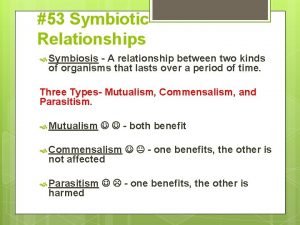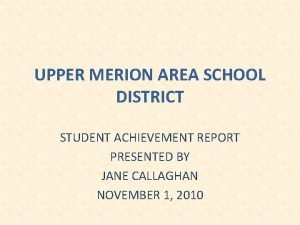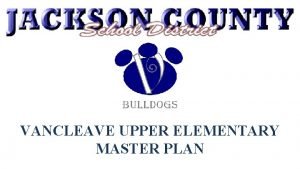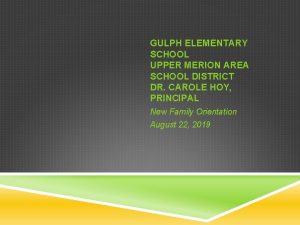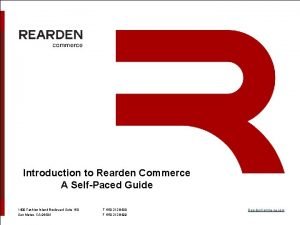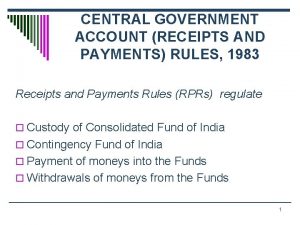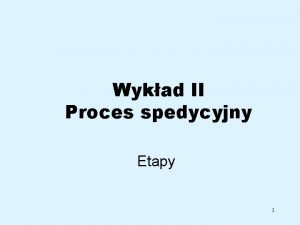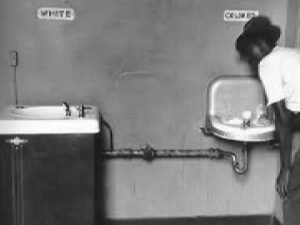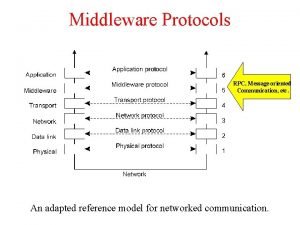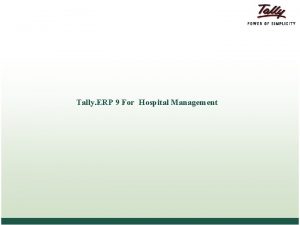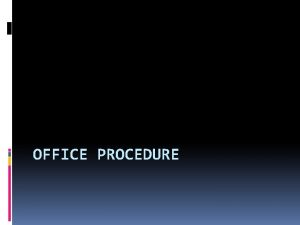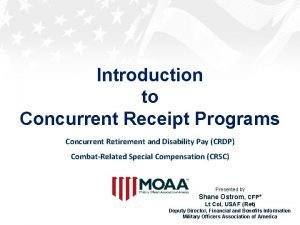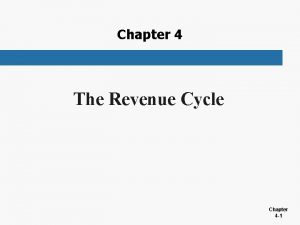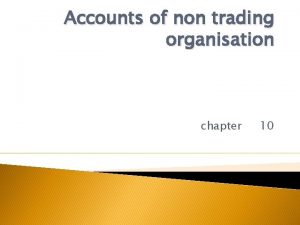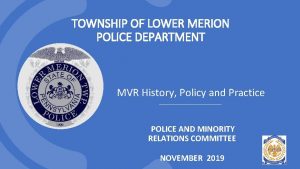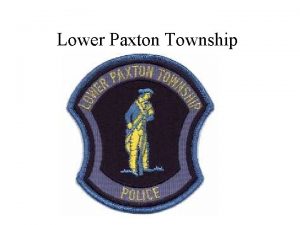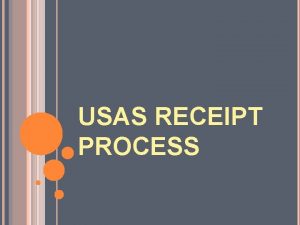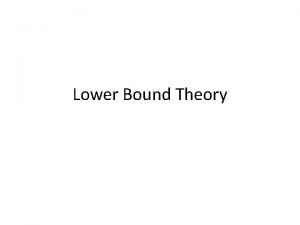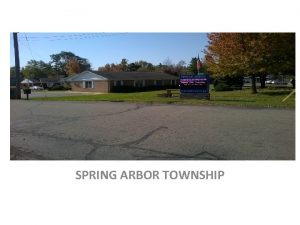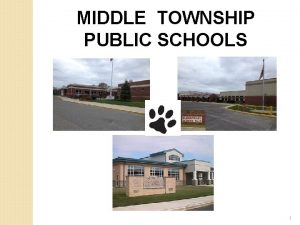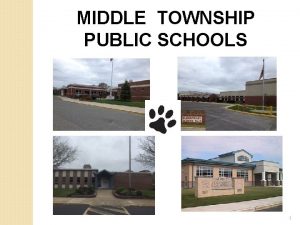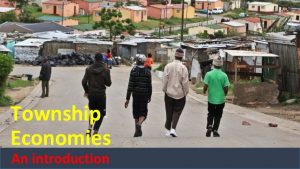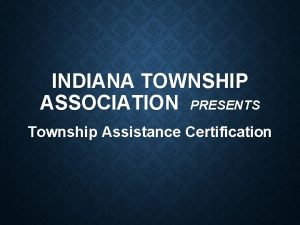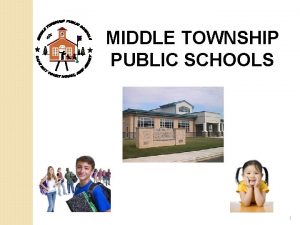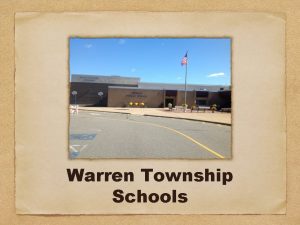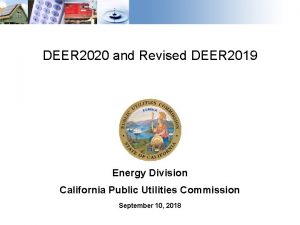TOWNSHIP OF LOWER MERION Receipt of USDA Deer

















- Slides: 17

TOWNSHIP OF LOWER MERION Receipt of USDA Deer Management Report Police Committee Meeting March 18, 2009

Deer Management Concerns Ø Deer and Human contact can result in illness and injury. Ø Traffic Collisions can result in injury or death. Ø Environmental & Private Property due to destruction of trees and shrubbery.

Township Response 1. Identify problem areas with high visibility signage. 2. Work with knowledgeable personnel to control the herds. 3. Develop an educational program of awareness. 4. Continue to look for new solutions to the problem.

Total Deer Incidents

Deer Incidents - Crashes

Deer Incidents – Injured/Deceased

Lyme Disease

High Collision Areas 1. Black Rock Rd. – Williamson Rd. to Howard Rd. 2. Conshohocken State Rd. - Mill Creek Rd. to Barr Ln. 3. Mill Creek Rd. – Old Gulph Rd. to Woodside Rd. 4. Montgomery Ave. – Broughton Ln. to Clairemont Rd. 5. Old Gulph Rd. – Airdale Rd. to Spring Mill Rd. 6. Waverly Road – Scott Rd. to Rock Creek Rd.

Deer Management ü 1996 – Police Department acted as a liaison between licensed Bow Hunters and residents to hunt on private property in order to control the herds. ü During the same time, formed a partnership with the Riverbend Environmental Education Center developed an educational pamphlet to address the issues concerning the White-Tailed Deer population. ü 2005 - Public meeting to discuss the issues surrounding deer management. Attended by: • Schuylkill Center for Environmental Education • Pennsylvania Game Commission.

2008 Study • USDA to conduct an extensive survey of suspected problem areas to ascertain the density of deer - extent of environmental damage - and determine if an actual deer overpopulation exists. • If data establishes deer overpopulation USDA will develop a management plan for culling the deer to acceptable levels.

Survey Area

2008 Study Results • USDA found that the average deer population was 58 deer per sq. mile. Extensive overpopulation exists. • Appropriate levels for suburban area is 6 – 10 per sq. mile. • Estimate of 696 deer in survey area. • Need to cull 48 deer per square mile to reach this level. (Equates to 576 deer)

USDA Culling Methods • • • Trained experienced sharpshooters. Night vision optics. Noise suppressed rifles. Controlled baited areas. Nighttime culling only - December to April. USDA efforts to be supplemented by archery hunters during the regular hunting season - September to January.

Program Cost • The USDA-Wildlife Services is a nonprofit agency. • Initial survey and subsequent Management Plan: $8, 300 (under budget). • Professional Deer culling: Approx. $2, 000 per day. • Deer processing: $87 per deer. • To remove 576 deer – Total cost = $125, 500. • All processed deer will be donated to a local food bank.

Cost Evaluation • Costs incurred weighed against: § Vehicle vs. Deer traffic crashes. § Environmental destruction. § Human illness due to deer/human interaction. § Township labor cost associated with deer incidents.

Cost Evaluation – Cont. • Culling would not take place until December 2009. • Public education must take place. • Large property owners must be surveyed to determine willingness to participate in this program.

Deer Management Discussion Questions?
 Revenue receipts
Revenue receipts Symbiotic relationship between honeyguide bird and badger
Symbiotic relationship between honeyguide bird and badger Upper merion elementary school
Upper merion elementary school Vancleave upper elementary
Vancleave upper elementary Gulf elementary school
Gulf elementary school Rearden personal assistant
Rearden personal assistant Receipt and payment rules 1983
Receipt and payment rules 1983 Etapy procesu spedycyjnego
Etapy procesu spedycyjnego Jim crow character
Jim crow character Receipt-based transient synchronous communication
Receipt-based transient synchronous communication Opd receipt
Opd receipt Denial of receipt hermes
Denial of receipt hermes Define:dak
Define:dak Applicant data sheet
Applicant data sheet Crsc pay chart 2021
Crsc pay chart 2021 Accounts receivable process flow chart
Accounts receivable process flow chart Receipt and payment account
Receipt and payment account When is a walkout receipt given to the patient?
When is a walkout receipt given to the patient?

